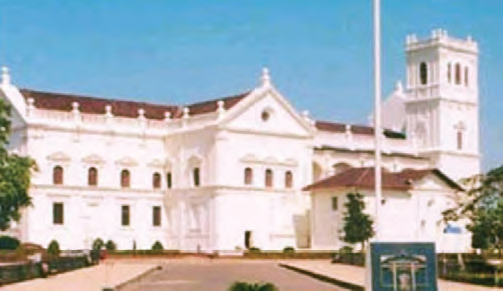
CORPORATE CITIZEN CLAPS FOR THE GRIT SHOWN BY MANYA SINGH, MISS INDIA RUNNER-UP 2020 IN NOT ONLY FULFILLING HER DREAMS BUT ALSO VALIDATING THE SACRIFICES OF HER FAMILY

As Manya reveals her role model in Priyanka Chopra Jonas, she too stands tall in taking her first step to fame in the recently held VLCC Femina Miss India pageant 2020. The daughter of an autorickshaw driver, Omprakash Singh, Manya was born in Uttar Pradesh’s Kushinagar and considers her mother as her prime influencer. In learning to never give up and in working hard-qualities that has enabled her to chart her successful journey through her innumerable struggles. Like many wannabes, she too aspired to break free and rise above her destiny for a better life. Despite her difficult childhood, she revealed how her mother had to mortgage her jewellery that enabled her to complete her education on her rebellious streak when she ran away from home and engaged in odd jobs for survival. A familiar story of sorts but Manya has tweaked her opportunities by accepting her hurdles. She believes in education as the ‘strongest weapon’ to empowerment. Her family has worked hard to put her through Lohiya Inter College in Sahwa, U.P, and Mumbai’s Thakur College of Science and Commerce. An MBA aspirant, her survival instincts encouraged her to study during the day, eke out an earning by washing dishes in the evening and working at a call centre at night. For an aspiring beauty queen, all the clothes she had wore were hand-me-downs! But, “I’ve walked hours to reach places so I could save the rickshaw fare. I am here today at the VLCC Femina Miss India 2020 stage to uplift my father, my mother, and my young brother and to show the world that all is possible if you are committed to yourself and your dreams,” she said. She has thus set the trail open for many others to follow based on self-commitment and the sensibility to uplift one’s family.
CORPORATE CITIZEN SLAPS THE MINDLESS APPROACHES TAKEN IN THE NAME OF URBAN DEVELOPMENT AND AT THE COST OF DESTROYING MONUMENTS OF ARCHAEOLOGICAL AND HISTORICAL IMPORTANCE

An alarm bell was raised when the Archaeological Survey of India (ASI) recently listed 24 monuments that remain untraceable. Of the current 3,693 monuments of national importance under ASI protection, there have been encroachments in 321 cases under Centrally Protected Monuments (CPM). The issue, taken up recently in Parliament was to check on the government’s awareness of protected monuments that had been lately either encroached upon or ruined completely and on measures being taken to restore them. A case in point has been the 506 historical structures in Karnataka, which follows Uttar Pradesh in having the largest number of CPMs under the ASI. Despite an additional 844 monuments placed under the Department of Archaeology, Museums and Heritage (DAMH) in Karnataka, the authorities seem helpless in preserving these ancient structures. The ASI had ordered a fresh nationwide survey of all its protected monuments on the Performance Audit Report of the Comptroller and Auditor General of India (CAG) mentioning at least 92 CPMs that were labelled ‘missing’ from their sites since 2013. But, reports released in March 2020 had hinted at increasing the number of the CPMs up to 10,000. In Tamil Nadu alone, there are about 7,000 ancient temples, while some monuments under the ASI could also be shifted to the state list for better maintenance. While the superintending archaeologists in-charge of their respective geographical circles have the power to issue eviction notices to the encroachers, the ASI can also seek assistance from the respective state governments and police forces in containing and removing encroachments as under the Monuments Act 1958. As Gautam Bhatia, Delhi-based architect and sculptor said, “It is crucial to assess what constitutes heritage. This cannot just be a chronological record of buildings, but should actively reflect their time as well as their place in the present. The ultimate state of India’s visible health must depend on the conservation of existing buildings and landscape. Not in endlessly building and thoughtlessly demolishing.”